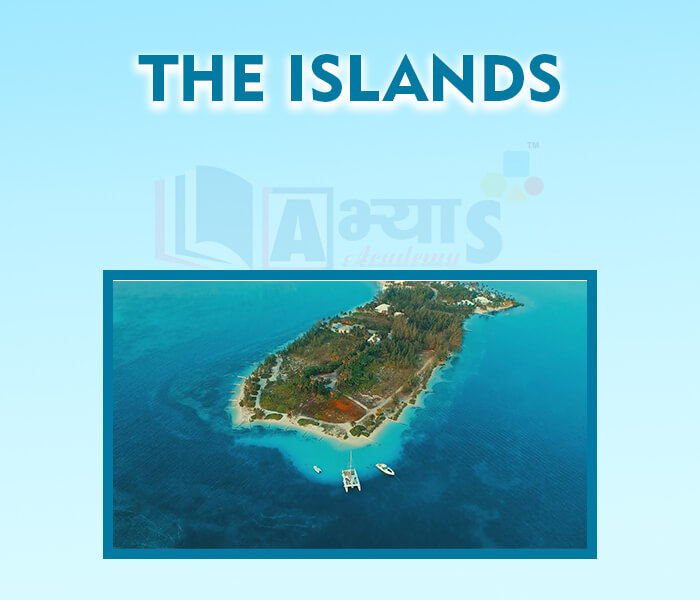The Islands











The Islands
The Islands: India has two island groups. These are:
1. The Lakshadweep islands group, which lies close to the Malabar coast (Kerala). This group of islands is composed of small coral islands. Earlier, they were known as Lacadive, Minicoy and Amindive. In 1973, these were named as Lakshadweep. They cover a small area of 32 sq km.
2. Kavaratti Island is the administrative headquarters of Lakshadweep. In this group, the Pitti Island has a bird sanctuary which is uninhabited.
3. The Andaman and Nicobar islands are two chains of densely forested islands. The Andamans are bigger in size. They are more numerous and scattered. The entire group of islands is divided into two broad categories: the Andamans in the North and the Nicobars in the South. These islands are believed to be an elevated portion of submarine mountains. The southernmost tip of these islands (called Indira Point) is more South than the Indian mainland.
India’s only active volcano is found on Barren Island in the Andaman and Nicobar islands. These islands are of great strategic importance for the country. There is great diversity of flora and fauna in this group of islands. They lie close to equator and experience equatorial and climate with thick forest cover.
Corals: Coral polyps are short-lived microscopic organisms which live in colonies. They flourish in shallow, mud free and warm waters. They secrete calcium carbonate. The coral secretion and their skeletons form coral deposits in the form of reefs. The reefs are mainly of three kinds; barrier reef, fringing reef and atoll. The Great Barrier Reef of Australia is a good example of the first kind of coral reef.
Conclusion:
Thus, the diverse physical features of the land haw immense future possibilities for development.
Lakshadweep Island group lie close to the malabar coast of kerala. Which of the following is the adminitrative headquarters of lakshdweep? | |||
| Right Option : A | |||
| View Explanation |
Students / Parents Reviews [10]
My experience was very good with Abhyas academy. I am studying here from 6th class and I am satisfied by its results in my life. I improved a lot here ahead of school syllabus.

Ayan Ghosh
8thBeing a parent, I saw my daughter improvement in her studies by seeing a good result in all day to day compititive exam TMO, NSO, IEO etc and as well as studies. I have got a fruitful result from my daughter.

Prisha Gupta
8thAbhyas Methodology is very good. It is based on according to student and each child manages accordingly to its properly. Methodology has improved the abilities of students to shine them in future.

Manish Kumar
10thI have spent a wonderful time in Abhyas academy. It has made my reasoning more apt, English more stronger and Maths an interesting subject for me. It has given me a habbit of self studying

Yatharthi Sharma
10thAbout Abhyas metholodology the teachers are very nice and hardworking toward students.The Centre Head Mrs Anu Sethi is also a brilliant teacher.Abhyas has taught me how to overcome problems and has always taken my doubts and suppoeted me.

Shreya Shrivastava
8thIt was good as the experience because as we had come here we had been improved in a such envirnment created here.Extra is taught which is beneficial for future.

Eshan Arora
8thIt was a good experience with Abhyas Academy. I even faced problems in starting but slowly and steadily overcomed. Especially reasoning classes helped me a lot.

Cheshta
10thMy experience with Abhyas is very good. I have learnt many things here like vedic maths and reasoning also. Teachers here first take our doubts and then there are assignments to verify our weak points.

Shivam Rana
7thIt has a great methodology. Students here can get analysis to their test quickly.We can learn easily through PPTs and the testing methods are good. We know that where we have to practice

Barkha Arora
10thMy experience with Abhyas academy is very good. I did not think that my every subject coming here will be so strong. The main thing is that the online tests had made me learn here more things.
